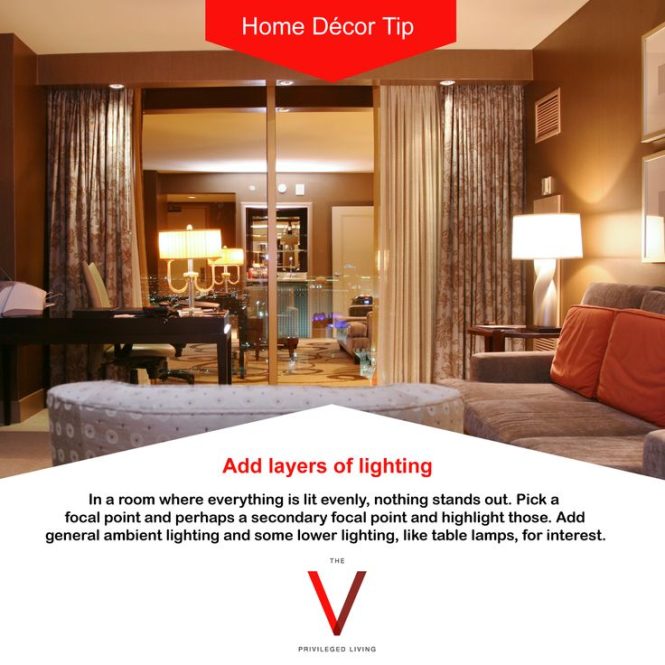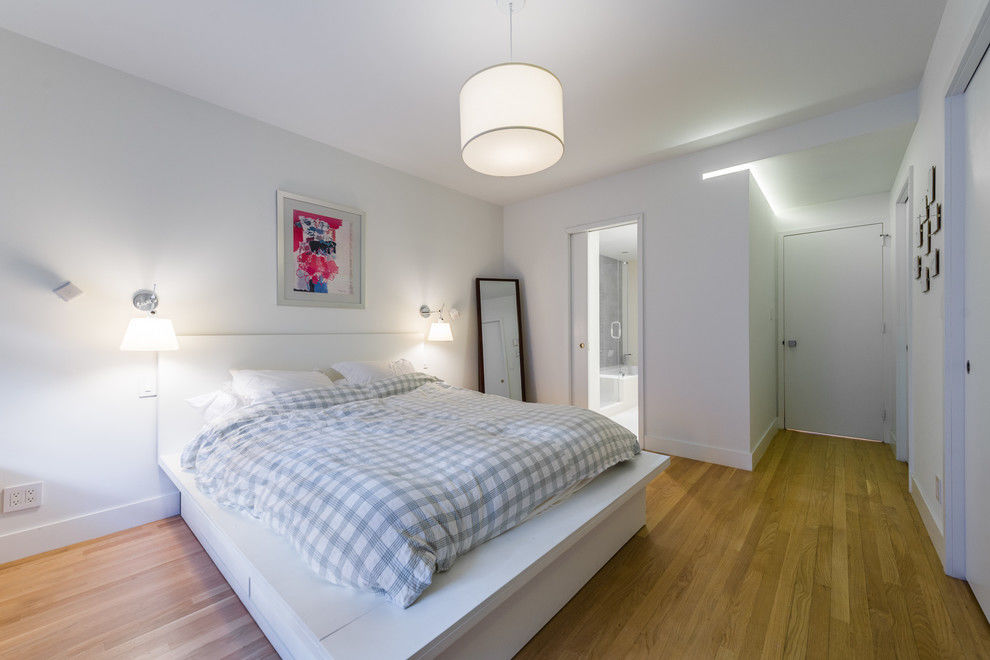

Layered lighting design is crucial for creating inviting and functional interior spaces. Have you ever walked into a room and felt immediately at ease, or conversely, felt overwhelmed and disoriented? The secret often lies in the thoughtful application of lighting. Poor lighting can create dull, monotonous environments, while well-designed lighting can transform a space, highlighting architectural details, enhancing moods, and improving functionality. This article delves into the impact of layered lighting sources on interior spaces, examining the varied types of lighting and how to effectively combine them to achieve the desired atmosphere. We’ll explore practical examples, offering insights into how to create dynamic and functional environments using this powerful design tool. Prepare to learn how to master the art of layered lighting and create spaces that truly shine!
Understanding the Layers of Light
Ambient Lighting: Setting the Mood
Ambient lighting offers overall illumination, establishing the base level of brightness in a room. Think of it as the foundational layer, creating a general atmosphere. It’s typically soft and diffused, avoiding harsh shadows. Common sources include recessed lighting, chandeliers, and wall sconces. The objective is to create a comfortable and inviting ambiance. For example, a softly lit living room with recessed lighting and a warm-toned chandelier creates a relaxing and welcoming space, perfect for unwinding after a long day. In contrast, a bright, evenly lit kitchen with recessed lights supports task-oriented activities.
Task Lighting: Illuminating Specific Areas
Task lighting focuses on illuminating specific areas where activities are performed. It offers directed light for reading, cooking, working, or any other focused task. Think desk lamps, under-cabinet lighting in kitchens, pendants above kitchen islands, or adjustable floor lamps. This layer enhances functionality and reduces eye strain. Effective task lighting ensures that activities can be performed safely and efficiently without straining the eyes. For instance, a well-lit kitchen island with pendant lights makes meal preparation easier and safer. Similarly, a desk lamp with adjustable brightness allows for comfortable reading or studying without eye fatigue.
Accent Lighting: Highlighting attributes
Accent lighting is used to highlight architectural details, artwork, or other decorative elements. It adds depth and visual interest to a space. It’s often used to create focal points and dramatic effects. Common sources include track lighting, picture lights, or strategically placed spotlights. Accent lighting can dramatically enhance a room’s aesthetic appeal. For example, track lighting highlighting artwork in a gallery creates a professional and immersive experience. Similarly, strategically placed spotlights can draw attention to unique architectural elements in a living space.
The Synergy of Layered Lighting: Achieving Harmony
Balancing Light Layers for Optimal Effect
The true power of layered lighting comes from the harmonious interplay of these three layers. A achievementful design involves balancing the intensity and color temperature of each layer. Too much ambient lighting can wash out accent lighting, while too much accent lighting can create a cluttered or uneven visual field. The key lies in creating a balanced and harmonious relationship between the varied light sources. Consider the size of the room, its intended function, and the desired ambiance when deciding on the balance between ambient, task, and accent lighting.
Color Temperature and Mood Setting
Color temperature, measured in Kelvin (K), influences the mood and atmosphere of a space. Cooler temperatures (5000K and above) create a more invigorating and stimulating environment, often suitable for kitchens, bathrooms, or offices. Warmer temperatures (2700K-3000K) create a relaxed and inviting atmosphere, often preferable for living rooms, bedrooms, and dining areas. By carefully selecting the color temperature of your light sources, you can tailor the atmosphere to your specific needs and preferences. For example, using warm white light in a bedroom helps promote relaxation and restful sleep, while using cool white light in a home office helps maintain focus and productivity.
Considering the Architecture and Interior Design
The architecture and interior design of a space significantly influence the optimal layered lighting scheme. High ceilings might require a combination of chandeliers and recessed lighting for adequate ambient lighting, while low ceilings might benefit from more wall-mounted fixtures. The style of the furniture and decorative elements will also inform your lighting choices. A modern minimalist space may require sleek and understated lighting, while a traditional space may benefit from more ornate fixtures. Think of the lighting as an integral part of the overall design, rather than an afterthought. Incorporating the lighting design early in the process will ensure a cohesive and harmonious outcome.
Real-World Examples of Layered Lighting
Case Study 1: The Modern Kitchen
In a modern kitchen, recessed lighting offers even ambient illumination, while under-cabinet lighting illuminates the countertops for task lighting. Pendant lights above an island create a focal point and offer additional task lighting. Accent lighting, such as track lighting or LED strip lighting, can highlight backsplashes or other architectural details. This layered approach ensures the space is functional, aesthetically pleasing, and adaptable for various activities.
Case Study 2: The Cozy Living Room
In a cozy living room, a statement chandelier offers ambient lighting, while strategically placed floor lamps and table lamps offer task lighting for reading or working. Wall sconces can offer soft accent lighting, while a fireplace might be illuminated with LED lighting. This layered approach ensures that the space is comfortable, inviting and enhances various activities.
Choosing the Right Fixtures and Technology
selecting Appropriate Light Fixtures
selecting the appropriate light fixtures is paramount for achievementful layered lighting. Consider the size, shape, and style of the fixtures in relation to the overall design aesthetic of the space. Ensure that the fixtures are of sufficient brightness and that they are placed strategically to effectively illuminate varied areas of the room. For instance, recessed lighting is ideal for providing even ambient light, while track lighting is well-suited for highlighting artwork or other architectural attributes. Careful consideration of fixture size and style is also crucial to achieve a harmonious design.
Utilizing Smart Lighting Technology
Smart lighting technology offers significant benefits for layered lighting design. Smart bulbs and switches allow for precise control of brightness, color temperature, and even scheduling of lighting patterns. This allows for dynamic and adaptable lighting schemes that can be adjusted based on the time of day, the mood, or the activity being performed. For example, a smart lighting system can automatically dim the lights in the evening for relaxation or enhance brightness in the morning to promote alertness. The ability to customize lighting settings via smartphone apps offers considerable flexibility and convenience. Smart lighting systems often allow for scene creation, simplifying the process of switching between varied lighting modes.
In conclusion, understanding and skillfully implementing layered lighting significantly elevates interior design. By carefully considering ambient, task, and accent lighting, designers can create spaces that are not only aesthetically pleasing but also functional and comfortable. Mastering layered lighting techniques allows for the creation of dynamic and adaptable environments, catering to diverse needs and moods. Remember to experiment, adapt, and refine your approach to layered lighting to achieve the perfect ambiance for your specific project. Consider consulting lighting design professionals for complex projects or when seeking expert advice. Elevate your designs with the transformative power of layered lighting!